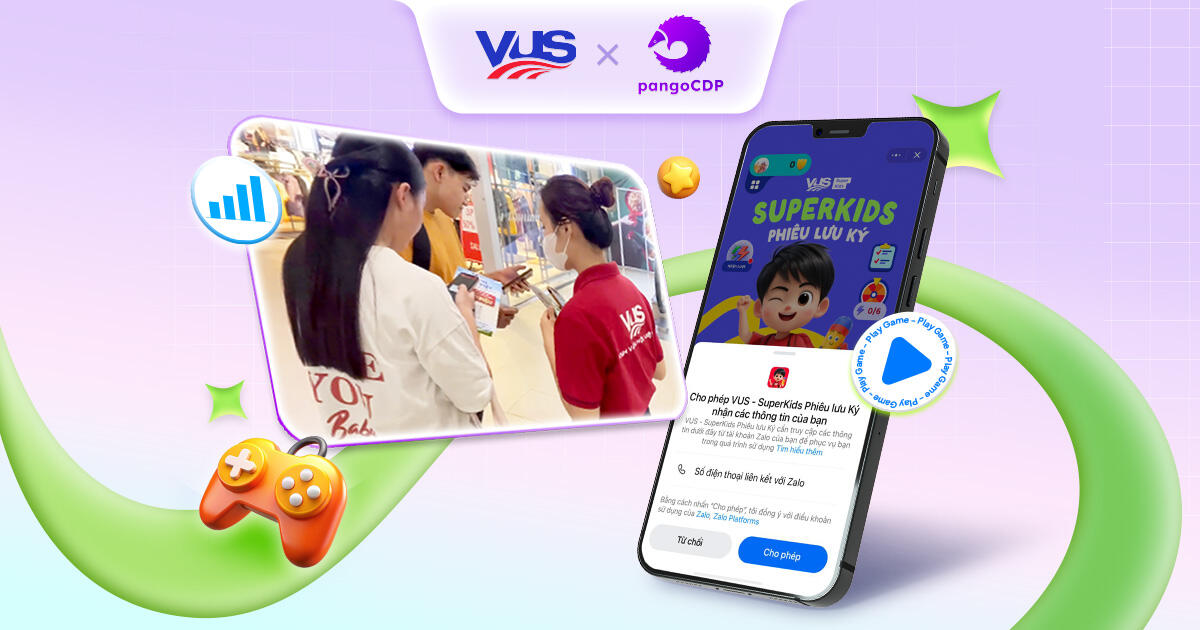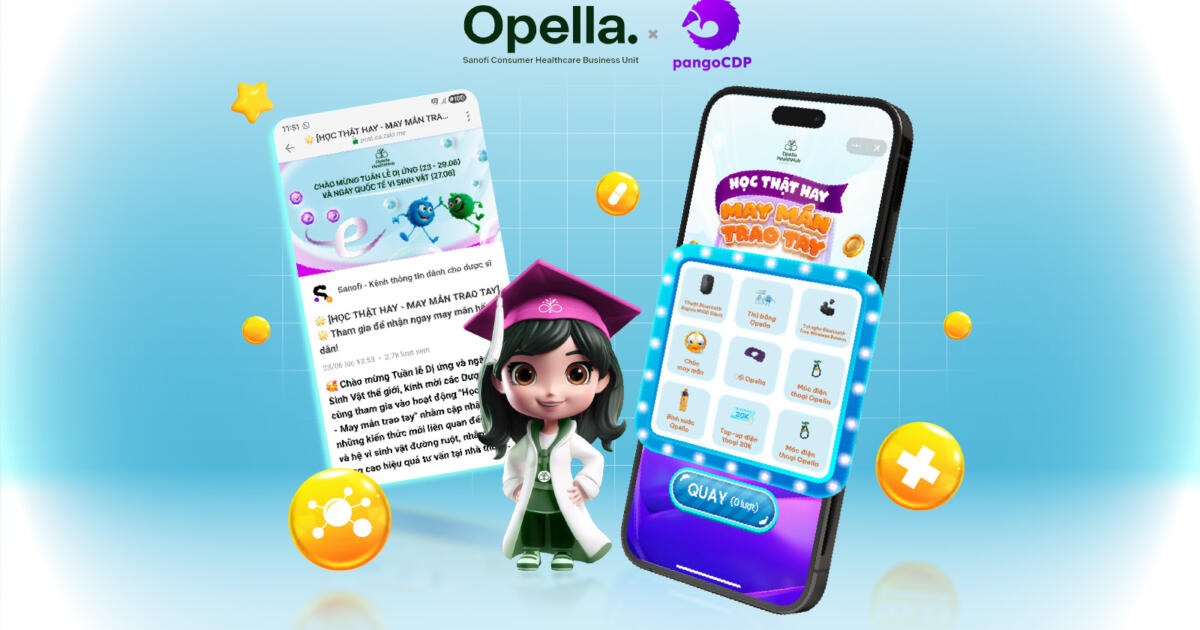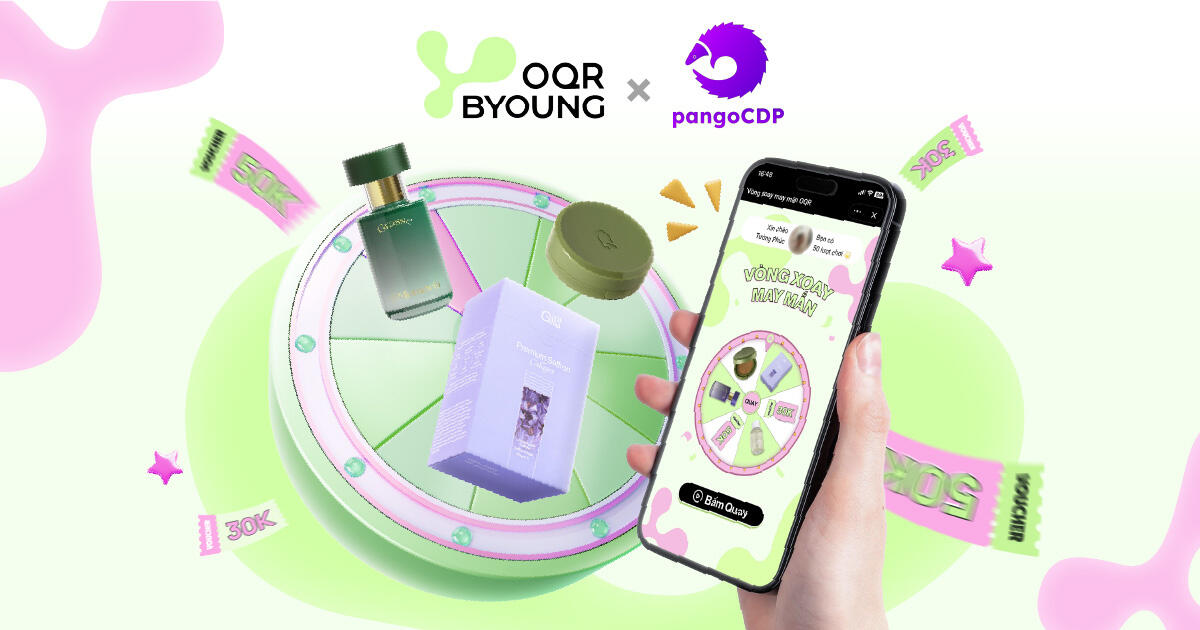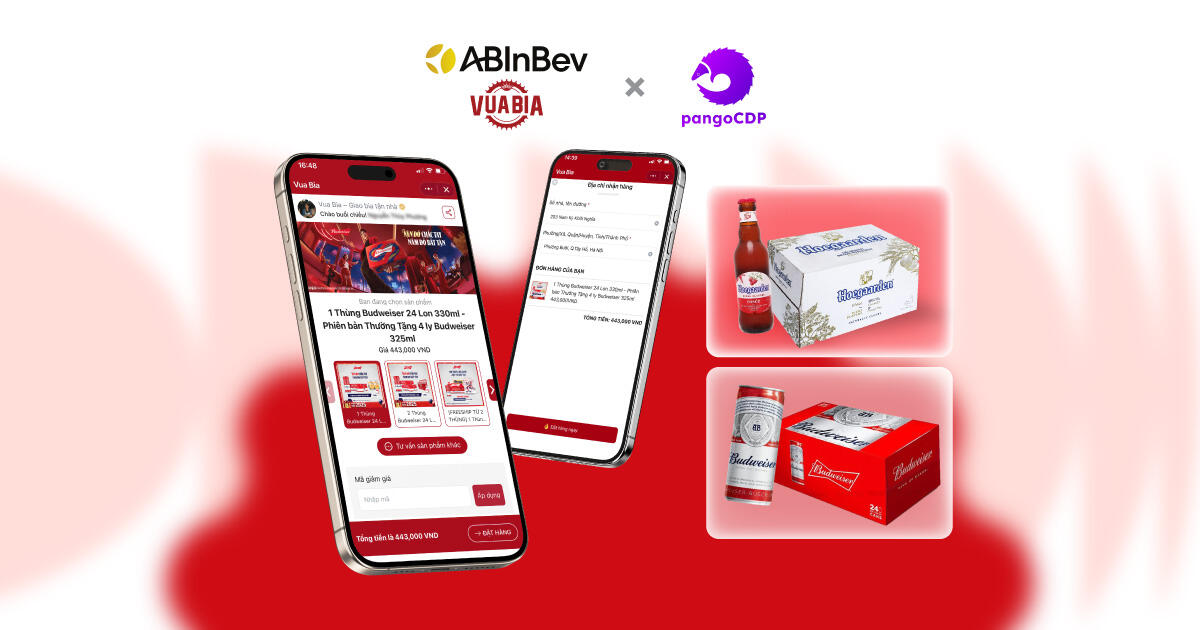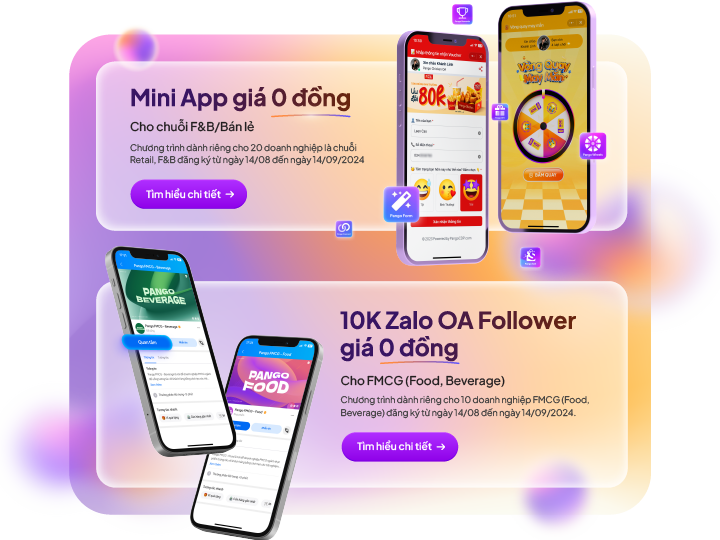Gamification is becoming an effective tool for marketing campaigns in reaching and attracting users to interact with the brand. However, when implementing gamification marketing campaigns, should brands focus on the game or prioritize the experience? Let’s explore the answer with PangoCDP through this series on Gamifying the Master Channel!
Game or Experience?
What makes a game captivating? The answer doesn’t lie in how challenging, complex, or novel the game is. A successful game attracts players by creating an experience.
Imagine a summer afternoon when people go to the park to avoid the heat. Happy Ice Cream decides to organize a collective game event, players will participate in the game and the leaderboard will be shown on the big screen. The top 5 earned highest scores after each turn will receive a box of cool ice cream. The elements of competing with strangers, having fun with friends and being excited to receive rewards that meet immediate needs create an experience. It’s not just the game, similar to Candy Crush, that makes it appealing but the overall experience Happy Ice Cream provides.
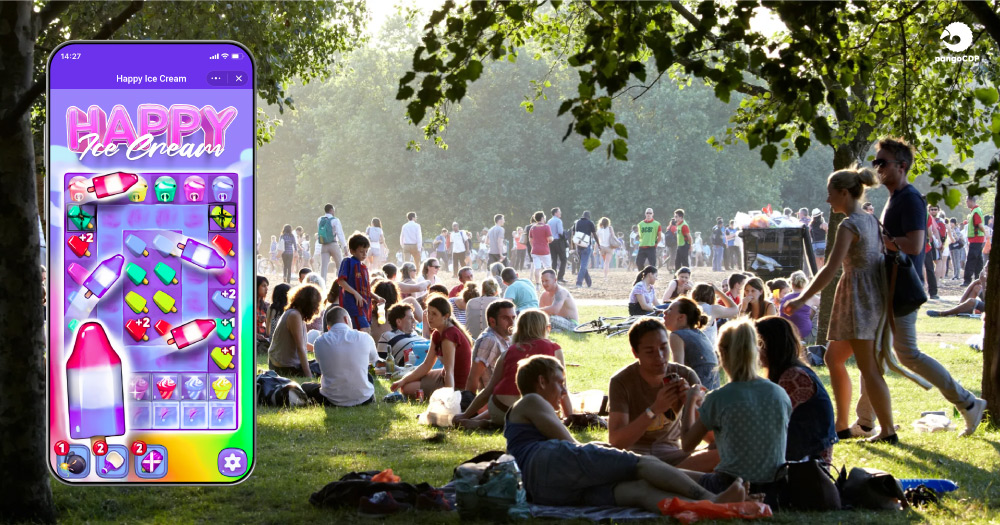
However, in reality, most businesses, when incorporating games into their marketing campaigns, focus on creating a mini-game with excellent gameplay, beautiful graphics, and stunning visuals to serve the campaign for 2-3 weeks. After that, the mini-game cannot be reused.
Single Game or Entertainment System?
Looking back at the history of game consoles, current gamification campaigns by brands are similar to standalone game consoles from the early ’70s: used to play a single game and forgotten once it becomes boring.
In 1985, Nintendo released the “Nintendo Entertainment System” (NES), allowing players to enjoy multiple games on one console.
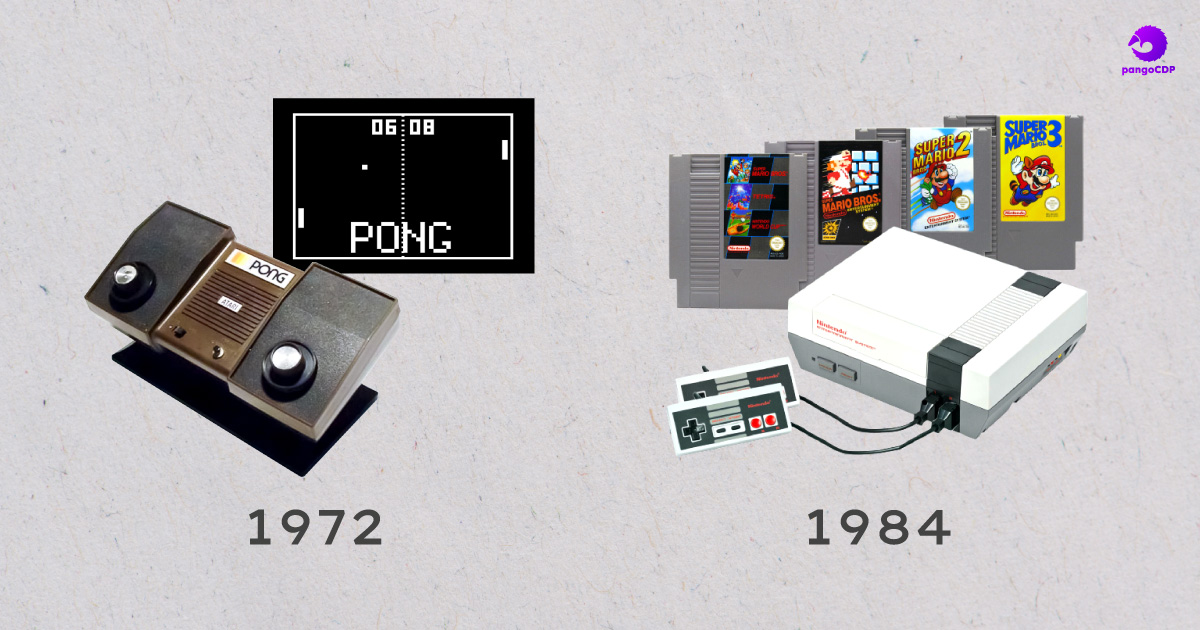
Inspired by the way the Nintendo Entertainment System works – with one machine, players can experience many different games, the term “Gamifying the Master Channel” is a way for the brand to increase interaction with customers by providing a series of experiences through the game on the main communication channel – The Master Channel. This approach allows businesses to customize gamification campaigns for specific business objectives. From there, provide customers with many engaging experiences, create 2-way interaction and closely connect customers with the brand.
Solo Campaign vs System Campaign?
As mentioned, Solo Campaign refers to use of a single game throughout the marketing campaign. The downside of using Solo Campaign is the cost of investing and developing an independent game is costly, time-consuming, and often only used for a short period (typically 1-3 months).
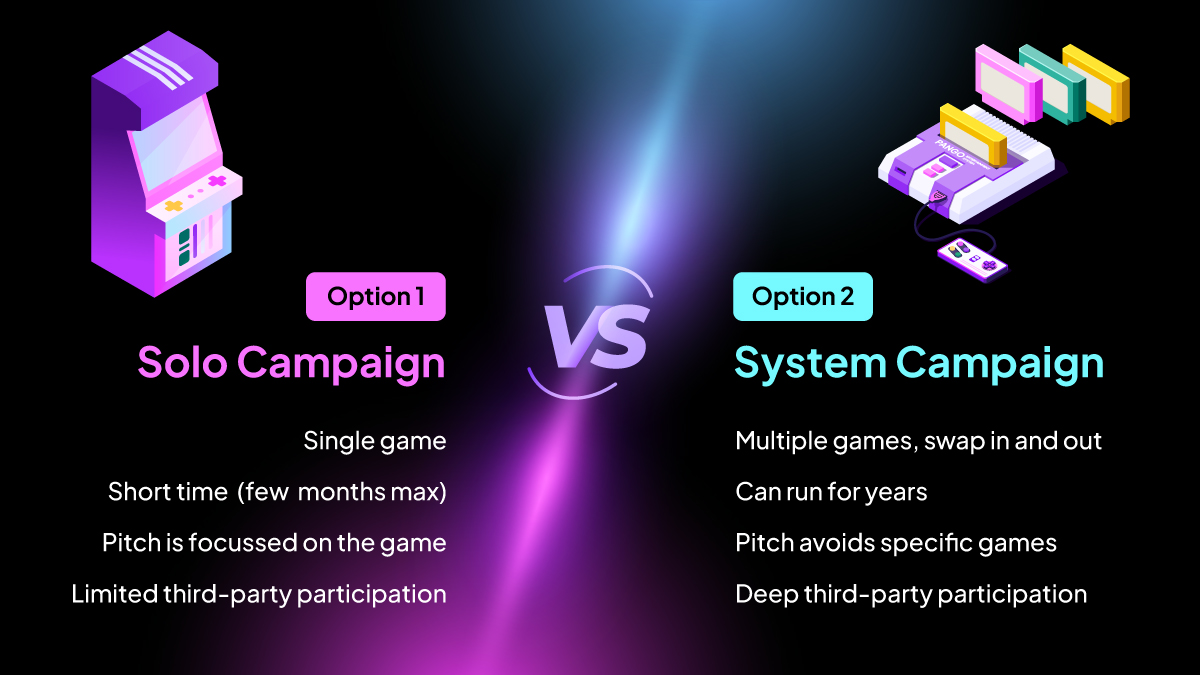
Similar to the breakthrough development of game consoles, the brand needs a series of games that can be flexibly used and customized to creatively engage users through gamification. These campaigns are collectively called System Campaign. To explain more specifically, this is a system of Gamification marketing campaigns that use various games with diverse gameplay. These campaigns can be maintained for long-term and flexibly customized based on the brand’s specific needs.
Gamifying the Master Channel and the Power of “One System Fits All”
When building Gamifying The Master Channel, brands need to understand the gaming behaviors of their target audience, which can be categorized into four basic groups:

- Solo Players: A group of people who enjoy playing games alone anytime, anywhere. They will win if they reach a certain point or compete with “unknown players” to rank higher on the leaderboard.
- Social Butterflies: A group of people who prefer to play games at offline locations like cafes, milk teas, eateries, beer shops, supermarkets, shops. They will win when reaching a certain point or compete with other customers to reach the highest record at the gaming venue.
- Party Enthusiasts: A group of people who love playing with friends anywhere (at home, at a beer bar, a milk tea shop, a restaurant), competing with friends and following the game’s rules.
- Show-offs: Players will compete with other players at the same offline location (bars, pubs). High-ranking players will receive rewards from the venue or brand.
While Solo Campaigns, with a single game, limit brand reach to a specific customer behavior, System Campaign allows brands to maximize potential customer engagement with a diverse game system suitable for human gaming behavior.
For example, a beer brand could run a continuous Gamifying the Master Channel campaign with various games. The brand can create a simple game like Flappy Bird for solo players, playable anytime, anywhere. Within a certain period, the top 5 highest customers will be announced on the fanpage and receive a case of beer delivered to their home.
At the pubs, PGs of the beer company can invite customers from the ”party enthusiasts” association to scan a QR code and play a beer-pouring game, or Lucky Mouse, whoever loses or the mouse runs to the phone screen must drink double or pay for the drink.
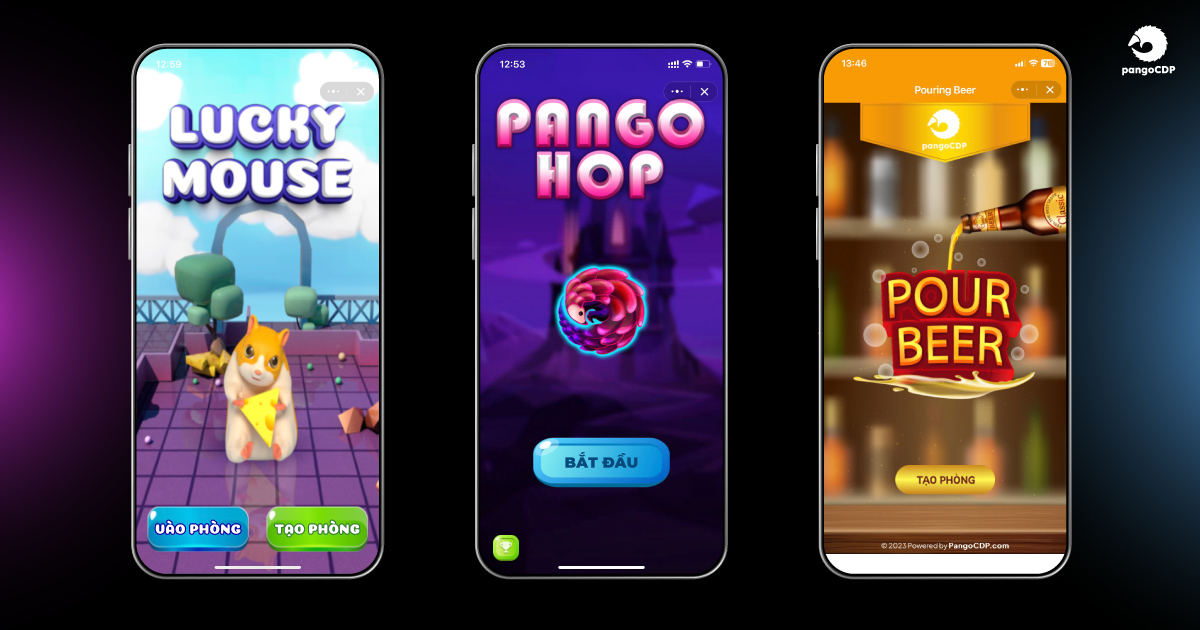
Creating Gamifying the Master Channel ensures that the investment in games is optimized for cost and operational efficiency.
In addition, changing games at appropriate stages will help customers always stay excited, not bored with the Gamification campaigns and the brand also maintains seamless communication with customers.
Not only data exploitation strategies, but also detailed marketing campaign implementations for businesses based on data orientation and much new knowledge around The Master Channel will be presented in detail in The Main Interaction Channel – The Master Channel, Volume 1.
Six chapters of the book will guide readers through the impressive development journey of interaction methods between businesses and customers.
From the most primitive forms to multi-dimensional interactions in the smartphone era, the book will present successful stories along with leading global brands in boosting revenue by enhancing customer experience, explaining the success of The Master Channel concept when applied at two leading Vietnamese companies, Nutifood and CellphoneS.
The book is now available at Fahasa, Phuong Nam, Hai An, Ca Chep bookstores, and online at 24h bookshops and e-commerce platforms like Tiki, Shopee, and TikTok Shop. You can also quickly order the book here: https://i.o2o.vn/H767


